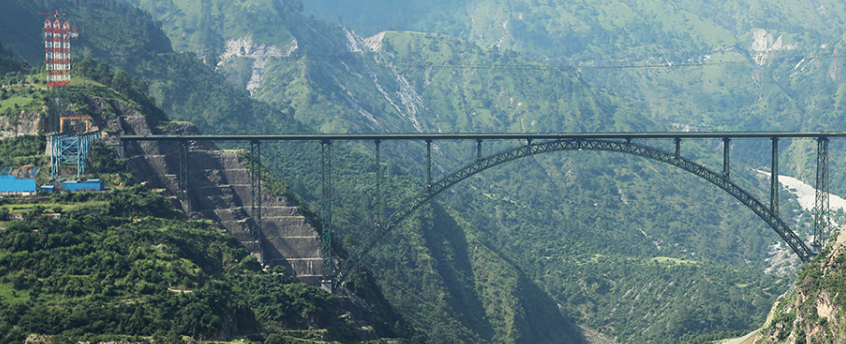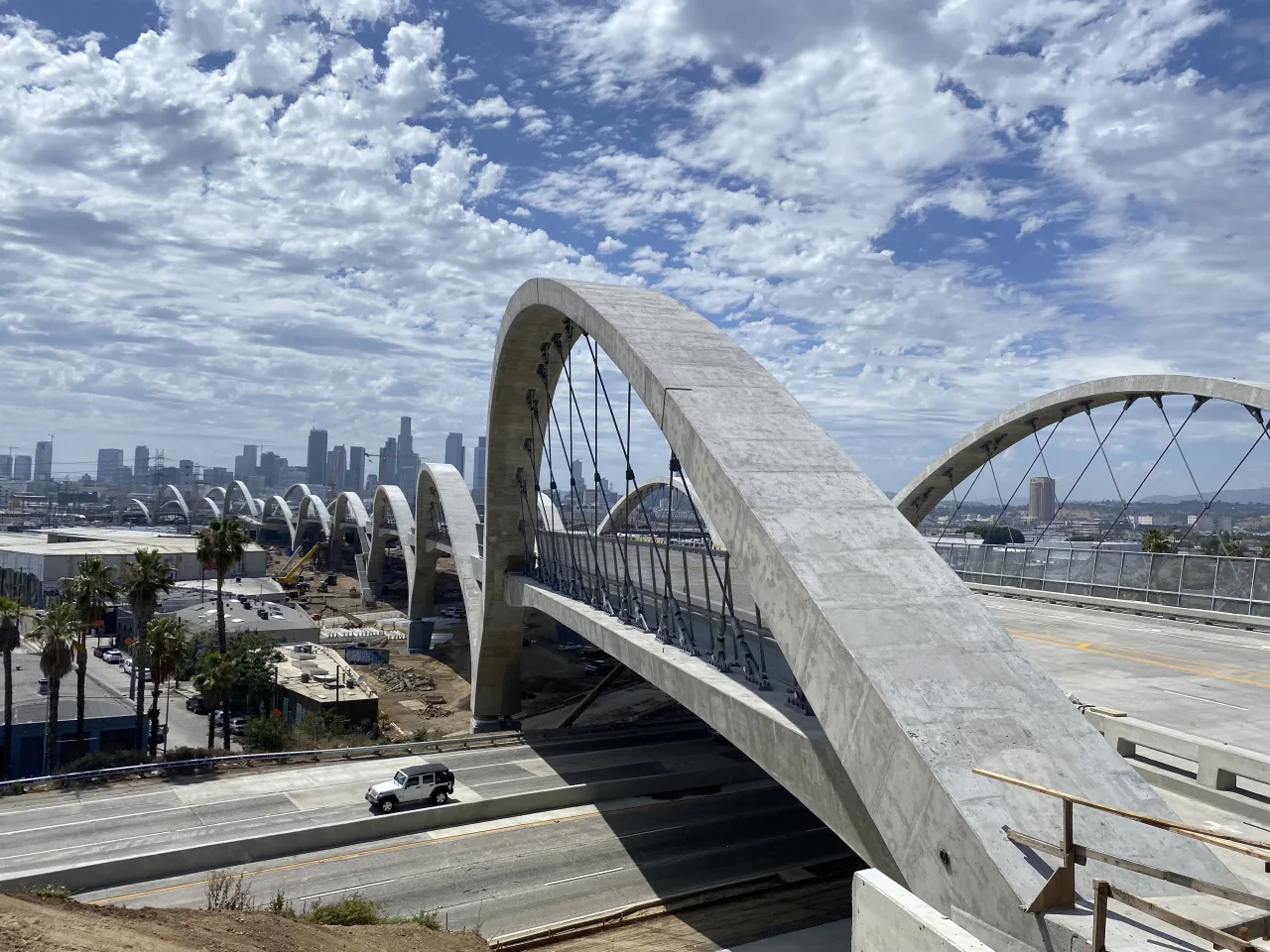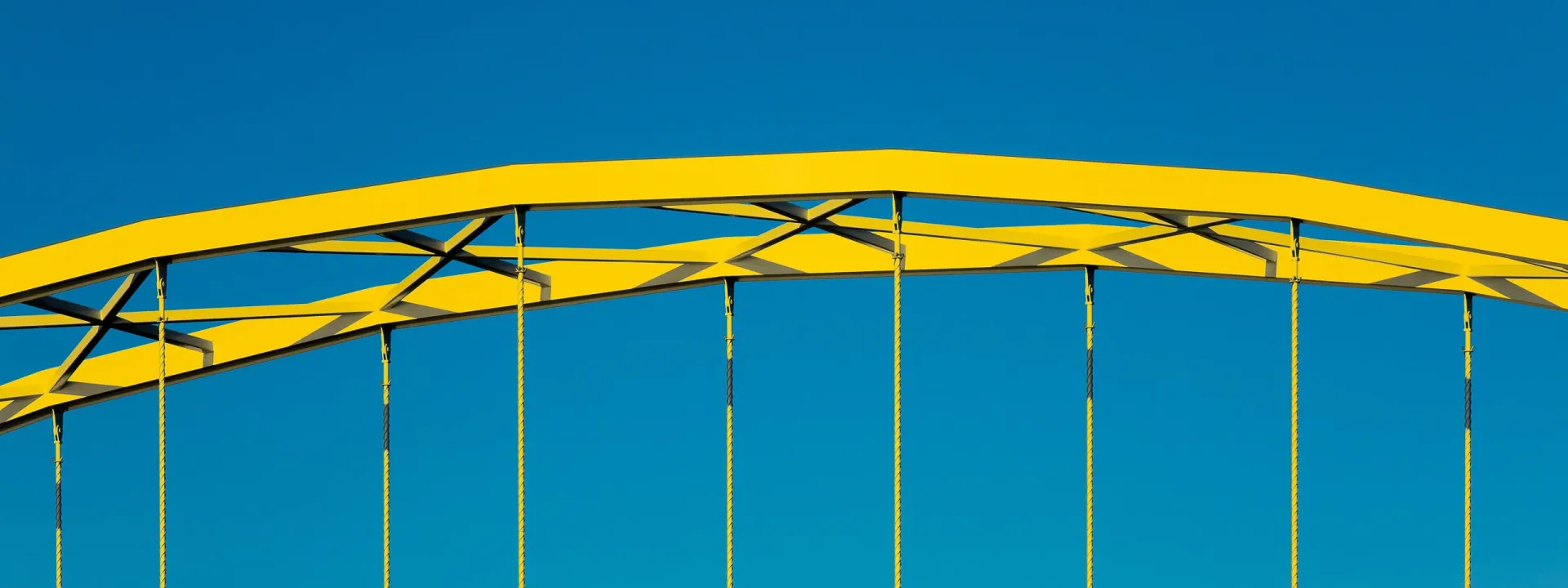
Introduction to Arch Bridges
An arch bridge stands as a testament to structural ingenuity, utilizing a vertically curved and axially compressed design to span openings and bear the weight of moving loads. The positioning of the arch in relation to the deck categorizes arch bridges into deck arch, through arch, and half-through arch types.
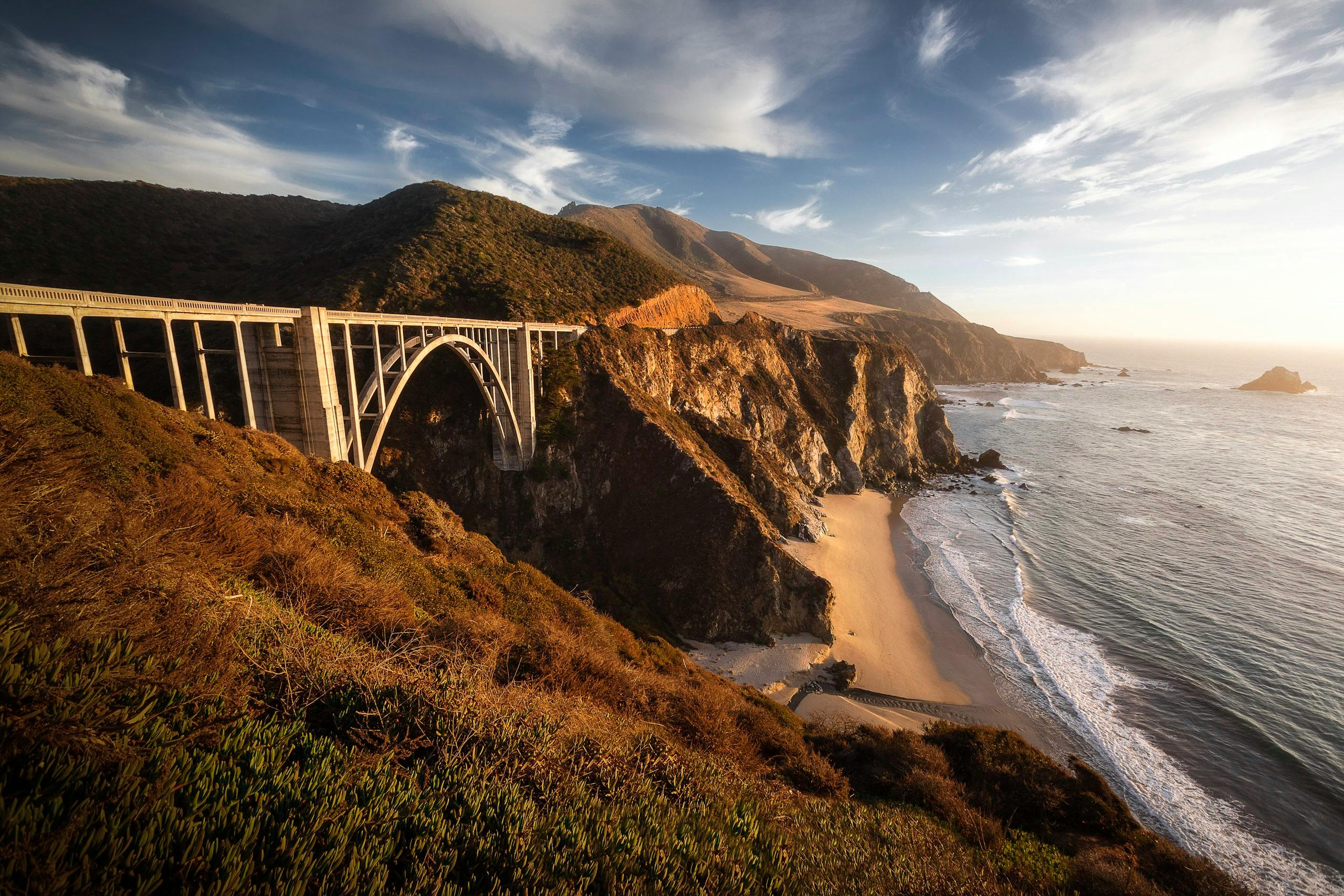
Factors Influencing Arch Bridge Design
The intricacies of arch bridge design are influenced by various factors, including functionality, cost, safety, aesthetics, traffic capacity, foundation conditions, erection procedures, and clearance requirements. Design recommendations typically focus on key aspects such as the arch-to-span ratio, arch and deck slenderness, and the configuration of hangers or piers.
Rise-to-Span Ratio
The rise-to-span ratio, a critical parameter for arch bridges, can vary significantly. Arches may range from shallow to half-circle configurations, with most falling within a rise-to-span ratio of 1:4.5 to 1:6. Different materials have their preferred spans:
- Filled spandrel masonry arch bridges: Suitable for spans < 20 m.
- Masonry arch bridges: Spans range from a few meters to 146 m.
- Concrete arch bridges: Suitable for spans from 35 m to 200 m.
- Steel and CFST arch bridges: Offer larger capacities, accommodating spans well beyond 200 m due to higher material strength.
Addressing Vortex Shedding
Designers must account for vortex shedding in arch bridges, particularly those with I-section hangers. Challenges related to hanger vibrations can be mitigated by strategic hanger connections, length reduction, and adjustments to natural frequencies.
Preventing Buckling of Arch Rib
Given the high axial force exerted on the curved rib of an arch bridge, the potential for buckling must be factored into the design. Preventive measures are essential to ensure the structural integrity of the arch rib.
Finite Element Method (FEM) Analysis
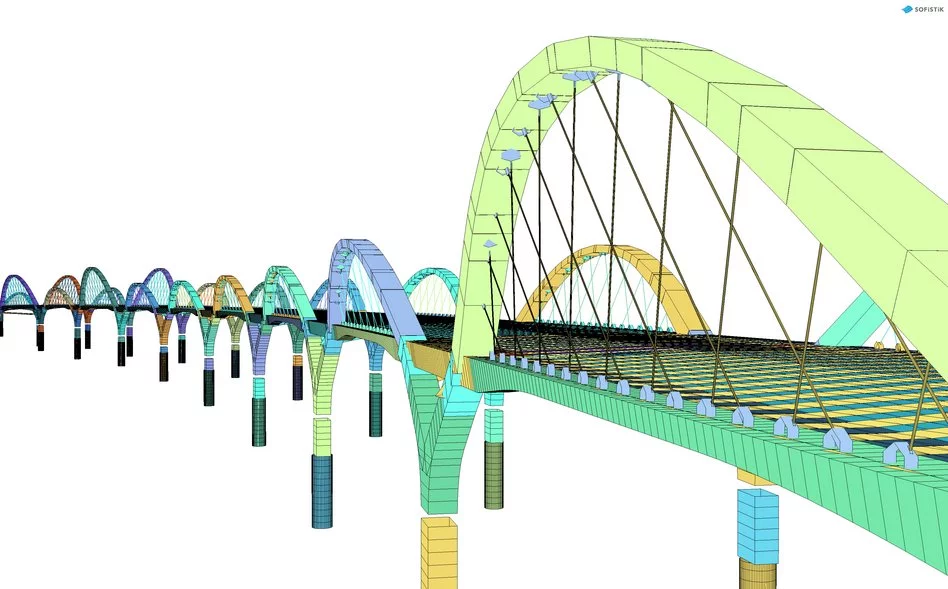
Advancements in computer technology have revolutionized structural analysis, enabling the exploration of intricate arch shapes that were once deemed impractical. SOFiSTiK, a prominent player in this realm, has significantly contributed to global infrastructure. The SOFiSTiK Bridge + Infrastructure Modeler stands as a tool of choice for designing some of the world’s most aesthetically pleasing arch bridges.
Exemplary SOFiSTiK Project Applications:
